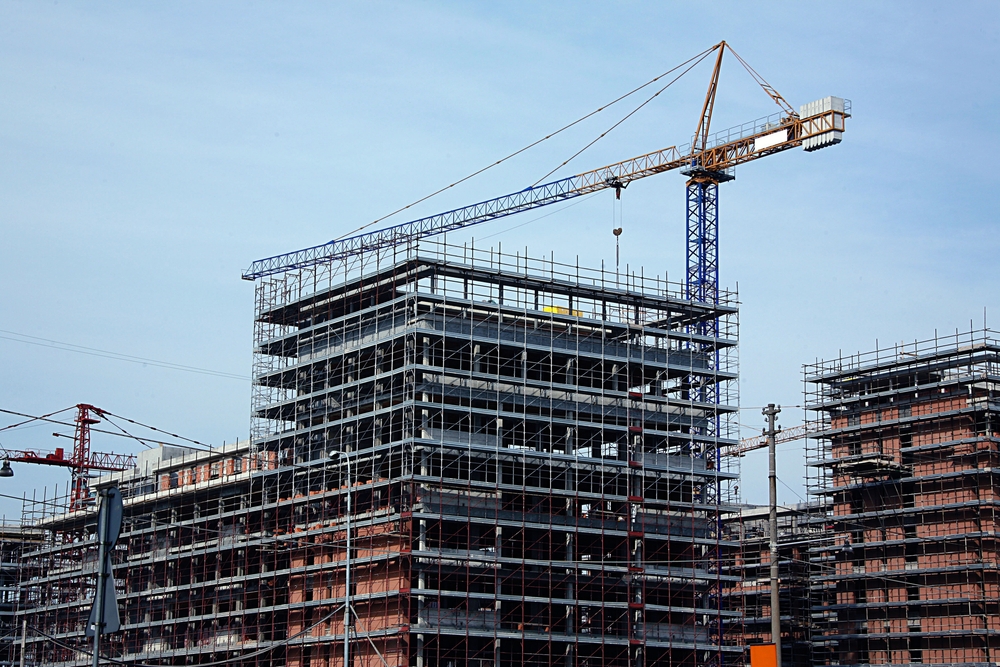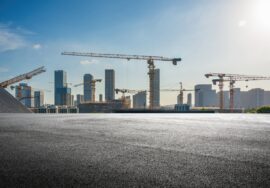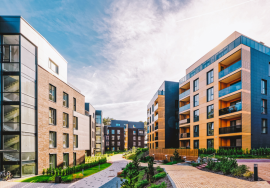The Integration of Building Technologies in Commercial Real Estate
The Integration of Building Technologies in Commercial Real Estate

The integration of building technologies in commercial real estate is transforming the industry, enhancing both operational efficiency and tenant experience. With the rise of smart buildings and advanced systems, property managers and developers are leveraging these innovations to meet the demands of modern businesses and create sustainable, high-performance environments. This blog explores how building technologies are reshaping commercial real estate and the benefits they bring to the sector.
The Role of Building Technologies in Commercial Real Estate
Building technologies encompass a range of systems and solutions designed to improve the functionality, efficiency, and sustainability of commercial properties. These technologies are integrated into various aspects of a building’s operations, from energy management to security, to enhance overall performance and tenant satisfaction.
Key Areas of Integration:
1. Smart Building Systems: Smart building systems use sensors, automation, and data analytics to manage and optimize building operations. These systems control lighting, heating, ventilation, air conditioning (HVAC), and security, adapting to real-time conditions and occupancy patterns. For example, smart thermostats adjust temperature settings based on the number of occupants and external weather conditions, leading to significant energy savings.
2. Energy Management: Energy management systems (EMS) are crucial for optimizing energy consumption and reducing costs. These systems monitor and analyze energy use, identify inefficiencies, and implement strategies to minimize waste. Technologies such as advanced metering infrastructure (AMI) and building management systems (BMS) help property managers track energy usage and make informed decisions to improve efficiency.
3. Sustainability and Green Building Technologies: Sustainable building technologies are integrated to meet environmental goals and regulatory requirements. Features such as green roofs, solar panels, and rainwater harvesting systems contribute to a building’s sustainability profile. LEED (Leadership in Energy and Environmental Design) certification and other green building standards guide the implementation of these technologies, promoting eco-friendly practices.
4. Security and Access Control: Modern security systems use technologies such as biometric scanners, smart locks, and surveillance cameras to enhance safety and access control. These systems provide real-time monitoring and control, allowing property managers to manage security remotely and ensure a secure environment for tenants and visitors.
5. Tenant Experience and Comfort: Building technologies also focus on improving tenant experience and comfort. Smart lighting systems, automated blinds, and personalized climate controls create a pleasant and productive work environment. Additionally, digital concierge services and smart parking solutions enhance convenience and accessibility for tenants.

Benefits of Integrating Building Technologies
1. Operational Efficiency: Integration of building technologies streamlines building operations and reduces operational costs. Automation and data analytics enable proactive maintenance, optimize energy use, and minimize downtime. For instance, predictive maintenance systems use data to anticipate equipment failures before they occur, reducing repair costs and improving building performance.
2. Enhanced Sustainability: Sustainable building technologies contribute to lower carbon footprints and energy consumption. By implementing energy-efficient systems and renewable energy sources, commercial properties can achieve significant reductions in greenhouse gas emissions and operating expenses. This not only benefits the environment but also enhances the property’s marketability.
3. Improved Tenant Satisfaction: Building technologies enhance the tenant experience by providing a comfortable and responsive environment. Features such as personalized climate controls and smart lighting create a more enjoyable workspace, leading to higher tenant satisfaction and retention. Additionally, integrated technology solutions offer greater convenience and accessibility.
4. Increased Property Value: Properties equipped with advanced building technologies often have higher market value and appeal. Investors and tenants are attracted to buildings that offer modern amenities, energy efficiency, and sustainability. As a result, integrating these technologies can lead to increased rental income and property value.
Examples of Successful Integration
1. The Edge in Amsterdam: The Edge is a prime example of how building technologies can transform commercial real estate. This innovative office building incorporates smart lighting, automated climate controls, and advanced energy management systems to create a highly efficient and comfortable work environment.
2. Salesforce Tower in San Francisco: Salesforce Tower is renowned for its use of advanced building technologies to achieve sustainability and efficiency goals. The building features a comprehensive BMS, energy-efficient systems, and a green roof, contributing to its LEED Platinum certification.
Conclusion
The integration of building technologies in commercial real estate is revolutionizing the industry by enhancing efficiency, sustainability, and tenant satisfaction. As technology continues to advance, the potential for creating smarter, more sustainable buildings will only increase. By embracing these innovations, property managers and developers can stay ahead of market trends and provide high-performance environments that meet the needs of modern businesses.
For more information on integrating building technologies into your commercial property, visit Building Technology News and Smart Building Magazine. To explore how these technologies can be applied to your projects, contact AMS India.
Read more related articles to enhance your knowledge and make informed decisions
10 Essential Steps in the Building Construction Process
How to Choose the Right Materials for Your Construction Project







